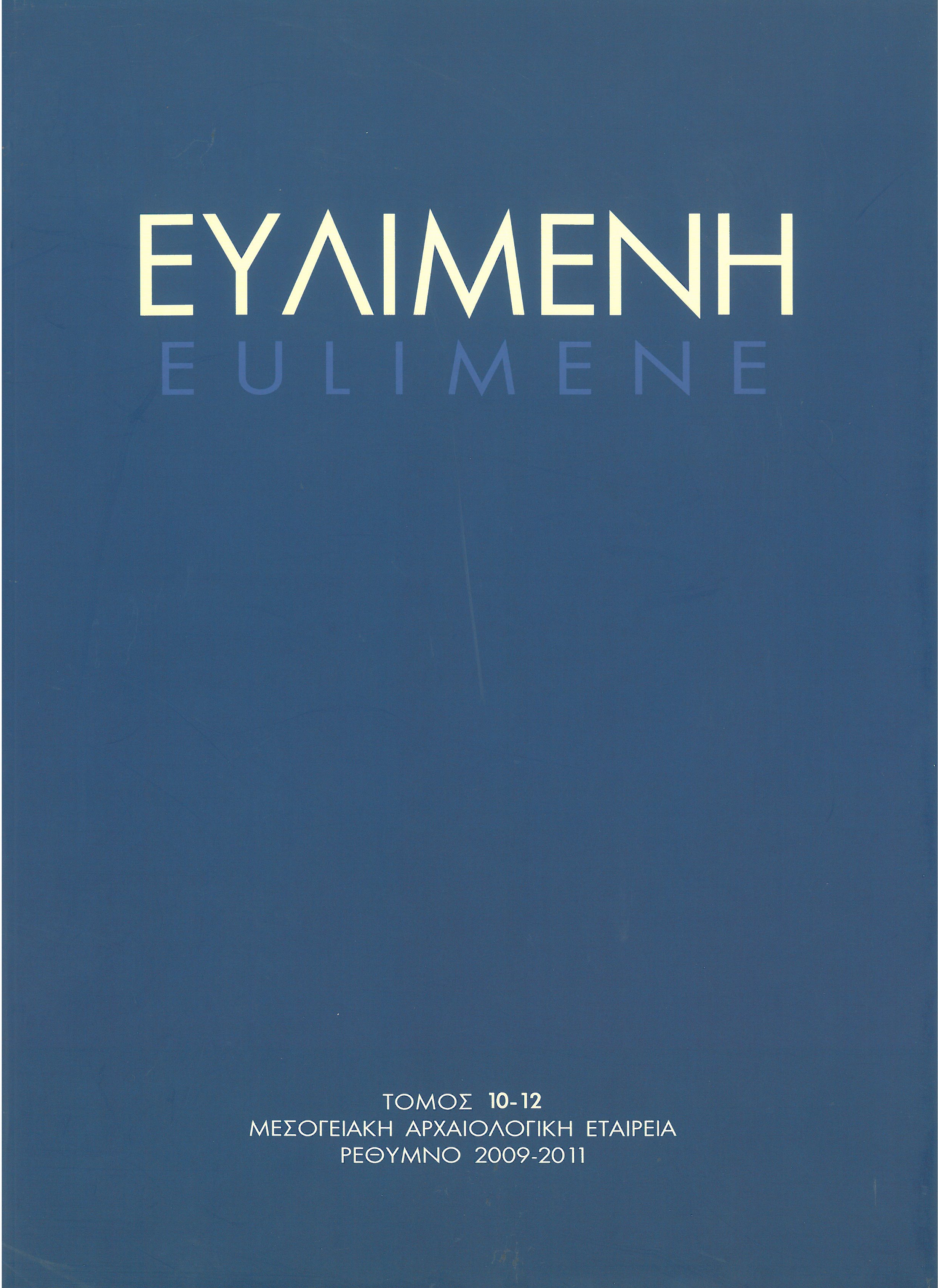Ο αρχαίος δήμος των Αιξωνιδών Αλών Αττικής (σημ. Βούλα – Βουλιαγμένη)

Abstract
The ancient deme of Aixonides Halai, Attica (the modern deme of Voula – Vouliagmeni). The article deals with the reconstruction of the history of the ancient deme of Aixonides Halai, Attica, through the recent rescue-excavations, which were conducted by the Archaeological Service. The ancient deme included the south part of the modern deme of Voula and the modern deme of Vouliagmeni. It constituted the coastal trittys of the Kekropis tribe after the Kleisthenian reform. The first legal excavation was conducted in 1927 at the Laimos peninsula, Vouliagmeni, where the temple of Apollo Zoster (the cult center of the deme) was discovered. The inscriptions from the temple and the funerary stele and inscriptions from the cemetery, which were discovered later at the site Pigadakia in Voula, identified the whole area with the ancient municipality of Aixonides Halai. Since then the archaeological research has revealed the continuous occupation of the region through the Neolithic, Mycenaean, geometric, archaic and classical times. Because of the intense building activity in the areas of Voula and Vouliagmeni in the past decade, hundreds of rescue-excavations have been conducted by the archaeologists of the 21st Ephorate of Prehistoric and Classical Antiquities. They have brought to light numerous ancient remains: Part of an extensive early Helladic settlement, Geometric graves, parts of the ancient Classical town, including public structures (e.g. roads and towers), a public building (which is considered to be the Agora), houses of the settlement and graves with rich offerings.
##plugins.themes.ekt-hometheme.article.details##
- Fascicolo
- EULIMENE 10-12 (2009-2011)
- Sezione
- Articles
- Categorie
The copyright for articles in this journal is retained by the author(s), with first publication rights granted to the journal. Authors who submit articles to this journal confirm that third-party intellectual property rights are not violated in any way. By virtue of their appearance in this open access journal, articles can be used freely, with proper attribution, for educational and other non-commercial purposes. The Mediterranean Archaeological Society retains the right to publish papers that appear in EULIMENE in any form, including electronic, the journal may assume in the future. It also retains the right to deposit articles published in EULIMENE in its repository.





